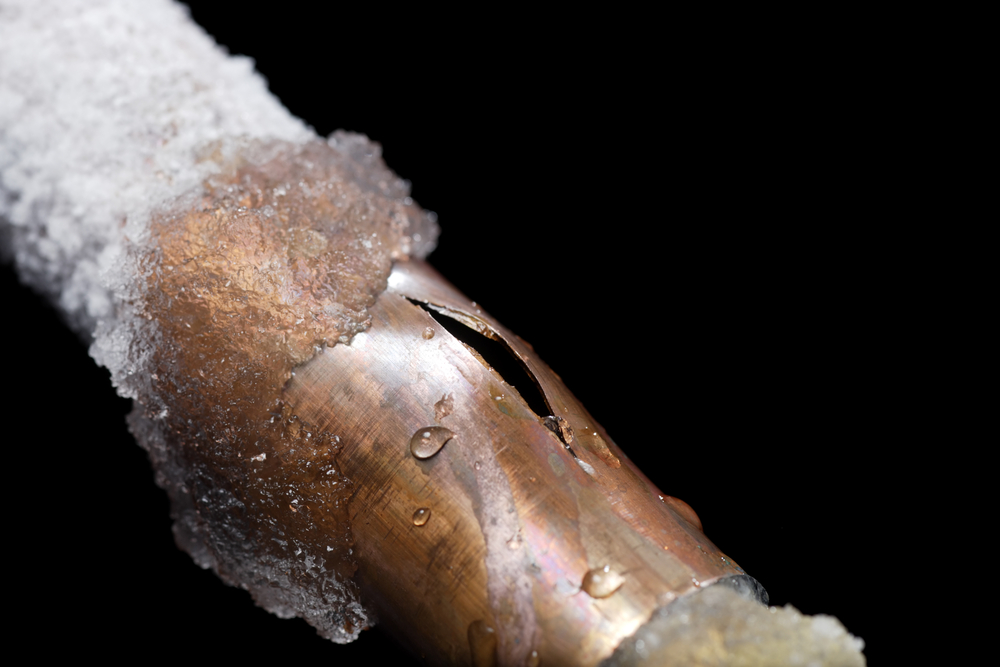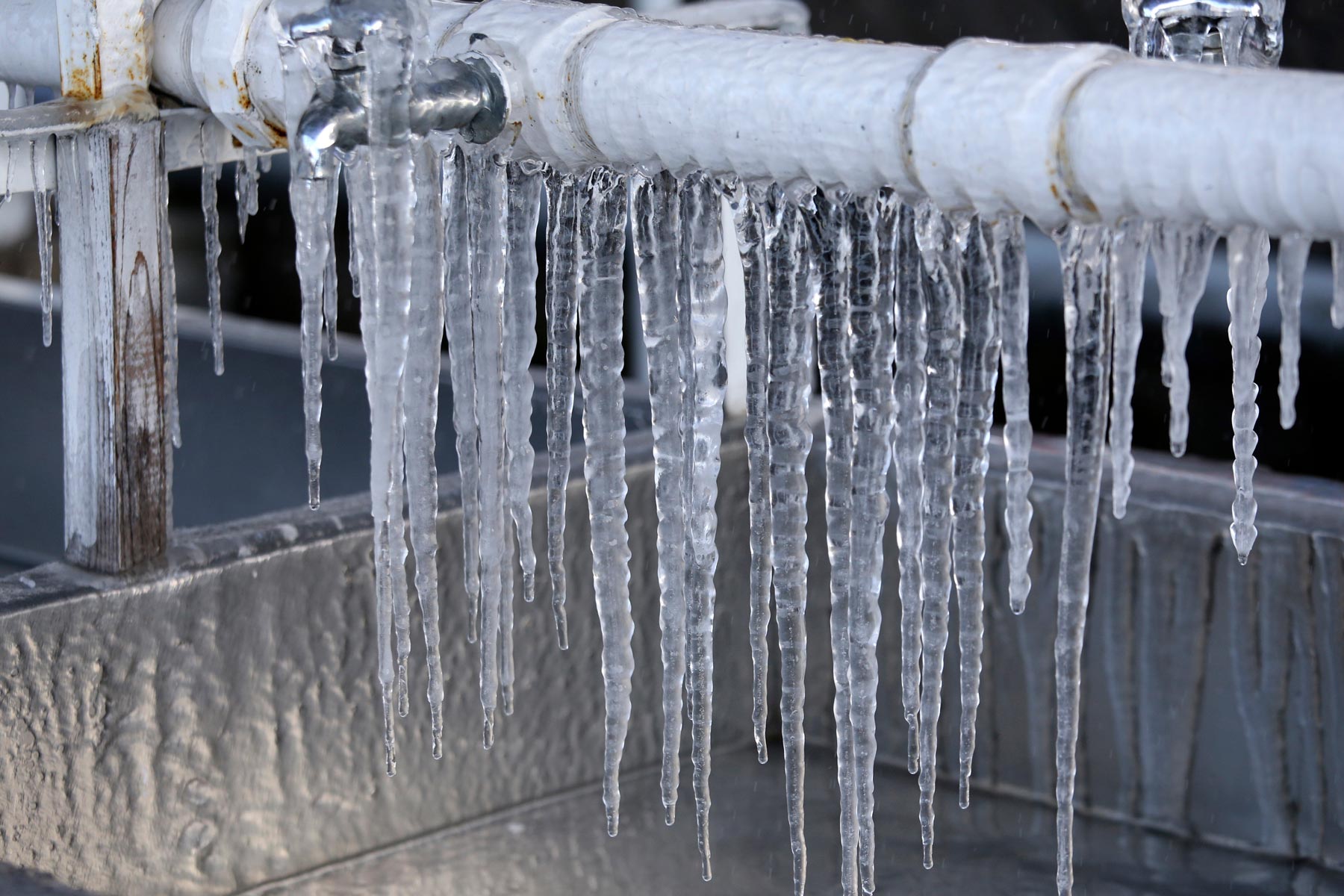The content in the next paragraphs pertaining to How to Prevent Your Pipes From Freezing is extremely motivating. Read it for your own benefit and see what you think about it.

Winter can wreak havoc on your pipes, especially by freezing pipelines. Right here's just how to avoid it from taking place and what to do if it does.
Introduction
As temperature levels decline, the danger of frozen pipelines rises, potentially causing expensive fixings and water damages. Recognizing exactly how to avoid frozen pipelines is vital for house owners in cold environments.
Avoidance Tips
Protecting susceptible pipelines
Wrap pipelines in insulation sleeves or use warmth tape to safeguard them from freezing temperature levels. Focus on pipelines in unheated or external areas of the home.
Home heating techniques
Keep indoor rooms effectively heated, especially locations with pipes. Open up cabinet doors to allow warm air to flow around pipelines under sinks.
How to determine frozen pipes
Try to find lowered water flow from faucets, uncommon odors or sounds from pipes, and noticeable frost on revealed pipes.
Long-Term Solutions
Architectural changes
Consider rerouting pipes far from outside wall surfaces or unheated locations. Add additional insulation to attic rooms, cellars, and crawl spaces.
Updating insulation
Invest in high-grade insulation for pipes, attics, and walls. Proper insulation assists maintain regular temperature levels and decreases the risk of icy pipes.
Shielding Outside Pipes
Garden tubes and outside taps
Detach and drain pipes garden pipes prior to wintertime. Mount frost-proof spigots or cover outside taps with insulated caps.
Recognizing Icy Pipes
What triggers pipelines to ice up?
Pipelines freeze when subjected to temperature levels listed below 32 ° F (0 ° C) for expanded durations. As water inside the pipelines freezes, it expands, putting pressure on the pipe walls and potentially triggering them to rupture.
Dangers and problems
Icy pipes can cause water disturbances, residential or commercial property damage, and pricey fixings. Ruptured pipelines can flooding homes and cause comprehensive structural damages.
Indicators of Frozen Pipes
Recognizing icy pipelines early can prevent them from bursting.
What to Do If Your Pipelines Freeze
Immediate activities to take
If you presume icy pipelines, keep faucets open to ease pressure as the ice melts. Make use of a hairdryer or towels taken in hot water to thaw pipes gradually.
Final thought
Avoiding icy pipelines requires positive measures and fast reactions. By recognizing the causes, indications, and safety nets, homeowners can safeguard their plumbing throughout cold weather.
5 Ways to Prevent Frozen Pipes
Drain Outdoor Faucets and Disconnect Hoses
First, close the shut-off valve that controls the flow of water in the pipe to your outdoor faucet. Then, head outside to disconnect and drain your hose and open the outdoor faucet to allow the water to completely drain out of the line. Turn off the faucet when done. Finally, head back to the shut-off valve and drain the remaining water inside the pipe into a bucket or container. Additionally, if you have a home irrigation system, you should consider hiring an expert to clear the system of water each year.
Insulate Pipes
One of the best and most cost-effective methods for preventing frozen water pipes is to wrap your pipes with insulation. This is especially important for areas in your home that aren’t exposed to heat, such as an attic. We suggest using foam sleeves, which can typically be found at your local hardware store.
Keep Heat Running at 65
Your pipes are located inside your walls, and the temperature there is much colder than the rest of the house. To prevent your pipes from freezing, The Insurance Information Institute suggests that you keep your home heated to at least 65 degrees, even when traveling. You may want to invest in smart devices that can keep an eye on the temperature in your home while you’re away.
Leave Water Dripping
Moving water — even a small trickle — can prevent ice from forming inside your pipes. When freezing temps are imminent, start a drip of water from all faucets that serve exposed pipes. Leaving a few faucets running will also help relieve pressure inside the pipes and help prevent a rupture if the water inside freezes.
Open Cupboard Doors
Warm your kitchen and bathroom pipes by opening cupboards and vanities. You should also leave your interior doors ajar to help warm air circulate evenly throughout your home.

We hope you enjoyed reading our excerpt about How To Avoid Freezing Pipes. Thank you so much for finding the time to read our blog. Are you aware of anybody else who is looking into How to Prevent Your Pipes From Freezing? Please feel free to promote it. Bless you for being here. Come back soon.
Click Here To Read More
Comments on “Tips to Maintain Your Pipes from Cold Weather Issues: Essential Advice”